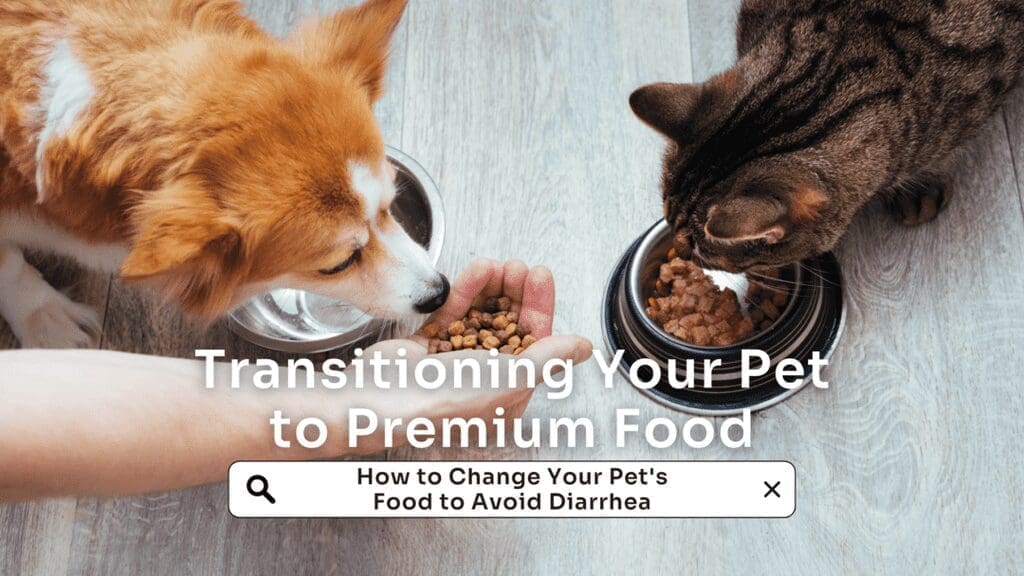
Whether you’ve just adopted new pets of the family or you are looking to incorporate more premium ingredients into your pet’s diet, there are so many reasons to choose Notti Pet Food for your pet.
Transitioning with the timelines below helps to limit digestive issues that can occur when feeding a new food. It also allows for your pet to become accustomed to the taste and texture of the new food.
When it comes to transitioning to any food, a slow transition over 7-10 days is recommended; it is the same case when transitioning to our slow-baked kibble too.
To start, we recommend mixing the new food in with what you’re currently feeding and slowly building up until the new food is the sole food that you’re feeding/that your dog is enjoying.
Even if your dog isn’t eating their current diet, it’s important to start off small with new food and introduce it slowly, as sudden changes to diet can cause digestive issues. So, how exactly can you do this?

As you begin transitioning your pet to Notti, it’s important to do so gradually to ensure your pet’s digestive system adjusts comfortably. Here is a recommended schedule:
Day 1-2: 25% Notti, 75% old kibbles
Day 3-4: 50% Notti, 50% old kibbles
Day 5-6: 75% Notti, 25% old kibbles
Day 7: 100% Notti
Food transition for your pet offers several benefits:
Unfortunately, our pets don’t do well when there are sudden changes in their diets. If food is switched too quickly it can cause gastrointestinal issues such as vomiting and/or diarrhea. If either of these issues are not corrected quickly, your pet could become dehydrated.
Taking one to two weeks to transition will help both your pet’s taste buds and their tummy (intestinal enzymes and beneficial bacteria) adapt and become used to the new diet. The other benefit of doing it slowly is that as the portion of the new diet is increased, you will be able to determine if your pet has any issues with it if they begin to show signs of not doing well. Some symptoms that your pet isn’t adapting to the new diet are vomiting, diarrhea, or skin issues.
This change can often be safely completed in as little as seven days, but if your pet has a particularly picky appetite or a sensitive stomach, extending the change over 2 weeks will usually ensure a smoother transition.
Changes in diet can alter the intestinal microflora and potentially be stressful for some pets. Probiotics can help your pet better digest their food, keep their microflora healthy, and support their immune system. A stronger immune system helps them better handle stress, and if they develop diarrhea, probiotics aid with diarrhea as well. At the end of the article, I list a few probiotics that have been scientifically proven to help your pet’s digestive and immune systems.
Say NO to diarrhea (lao-sai) / vomiting dogs or cats when switching new food now~
Sign Up for Our Newsletter!
You’ve Unlocked A Secret Discount for your 🐶🐱!
*Only applicable to first time users.
Here’s your Promo Code!
Just incase you missed it, we sent the promo code to your email as well! Check your SPAM Folder if you couldn’t find it.